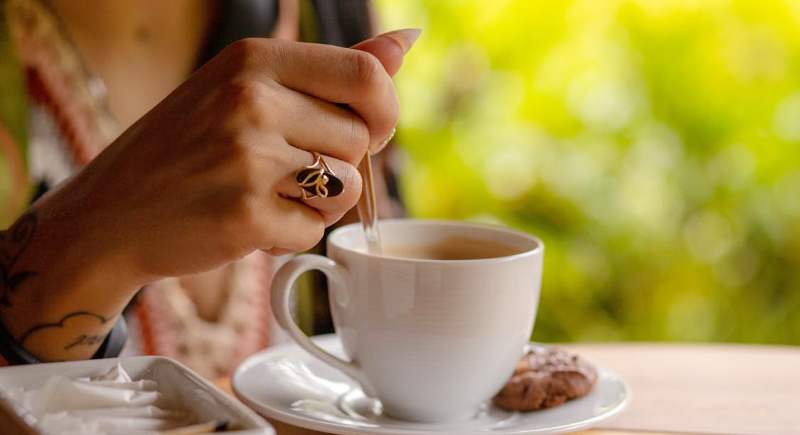This One Small Change Could Challenge Your Brain (in a Good Way)
If you’ve ever tried writing your name with the “wrong” hand, you know it can feel like a toddler got hold of the pen. It’s usually slower than you’d like and still ends up awkward and messy. But scientists say those clumsy moments aren’t wasted. They’re firing up your brain in new ways that pull it out of cruise control and into action.
Using your non-dominant hand for small tasks doesn’t make you a genius overnight, but it does nudge the brain to adapt. In recent years, researchers in Japan and the United States have studied what happens when people commit to doing everyday things with their weaker hand. The results are surprisingly positive, and in some cases, even measurable on brain scans.
Shaking Your Brain Awake

Image via Pexels/Kevin Watkins
When a group of Japanese adults spent six weeks eating with chopsticks in their non-dominant hand, they improved to nearly the same level of skill as with their preferred hand. The training lit up areas in the brain responsible for planning and coordination and showed that the brain was reorganizing to handle the challenge.
Another study at the University of Missouri had people practice drawing with their weaker hand, and 89% got smoother and faster over time. Instead of simply switching hemispheres, the brain relied on smarter motor pathways it already had in place.
This type of exercise taps into neuroplasticity, the ability of the brain to rewire itself. It’s the same principle behind stroke patients learning to use a different hand after losing mobility. For healthy adults, it keeps the brain flexible, focused, and alert.
Neurologists point out that brushing your teeth, opening doors, or stirring your coffee with the non-dominant hand may boost cognitive flexibility. It’s like giving the brain a workout without a crossword puzzle or a new language app. They force your brain to adapt and create new connections. Over time, that can improve focus and adaptability.
Still With Limits
Some researchers argue the gains from switching hands are narrow. The progress tends to stay within the task you practice. Tracing letters with your left hand won’t suddenly improve your math or memory. Studies even hint that people born ambidextrous sometimes score lower on certain intelligence tests, suggesting the brain works best with a clear split in duties between hemispheres.
One group that stands out are musicians. Years of training both hands appear to strengthen the communication lines between the two sides of the brain. That may be one of the few lasting advantages of this kind of practice.
The good news is you don’t need special equipment or lessons. Just fold it into daily life. Eat with your other hand, unlock your phone, load the dishwasher. If you play an instrument or cook, give your weaker hand more of the work. There’s a quiet satisfaction in realizing you can handle more than you expected.